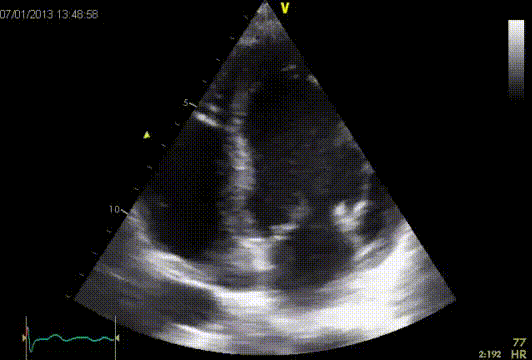Infective Endocarditis
In the setting of infective endocarditis (IE), a vegetation is defined as an infected mass attached to an endocardial structure or on an implanted cardiac material, such as pacemaker leads or prosthetic valve components. Echocardiographically, a vegetation is defined as an oscillating or non-oscillating intracardiac mass on valvular or other endocardial structures or on implanted intracardiac material. The sensitivity for the diagnosis of vegetations in native and prosthetic valves is 70% and 50% , respectively for transthoracic echocardiography (TTE) and 96% and 92% respectively for transoesophageal echocardiography (TEE). Specificity has been reported to be around 90% for both TTE and TEE. Identification of vegetation may be difficult in the presence of pre-existing valvular lesions (mitral valve prolapse, degenerative calcified lesions), prosthetic valves, small vegetation, recent embolization and in nonvegetant IE. Diagnosis may be particularly challenging in IE affecting intracardiac devices, even with use of TEE. False diagnosis of IE may occur, and in some instances it may be difficult to differentiate vegetations from thrombi, Lambl’s excrescences, cusp prolapse, chordal rupture, valve fibroelastoma, degenerative or myxomatous valve disease, strands, systemic lupus (Lipman-Sacks) lesions, primary antiphospholipid syndrome, rheumatoid lesions or marantic vegetations. Therefore, the results of echocardiography must be interpreted with caution taking into account the patient’s clinical presentation and the likelihood of IE.

Vegetation mitral valve

Vegetation tricuspid valve

Vegetation on pacemakerlead
